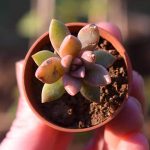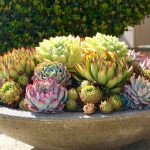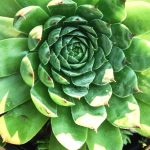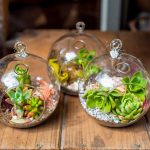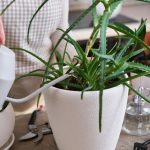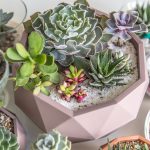For individuals new to cultivating succulents, achieving optimal growing conditions, especially in terms of light exposure, can present a challenge. Madison Moulton, a seasoned gardening expert, sheds light on the illumination needs of succulents and the signs indicating improper placement.
Getting accustomed to the requirements of succulents may involve some trial and error, particularly for beginners. This diverse plant category, known for its water-retaining properties in plump leaves, demands somewhat different care compared to more traditional plants.
Determining the ideal lighting conditions to facilitate optimal growth isn’t straightforward due to the vast diversity among succulents. With thousands of plants originating from various environments, understanding the natural habitat of your specific succulent and how light influences its development is crucial.
Understanding Light Levels
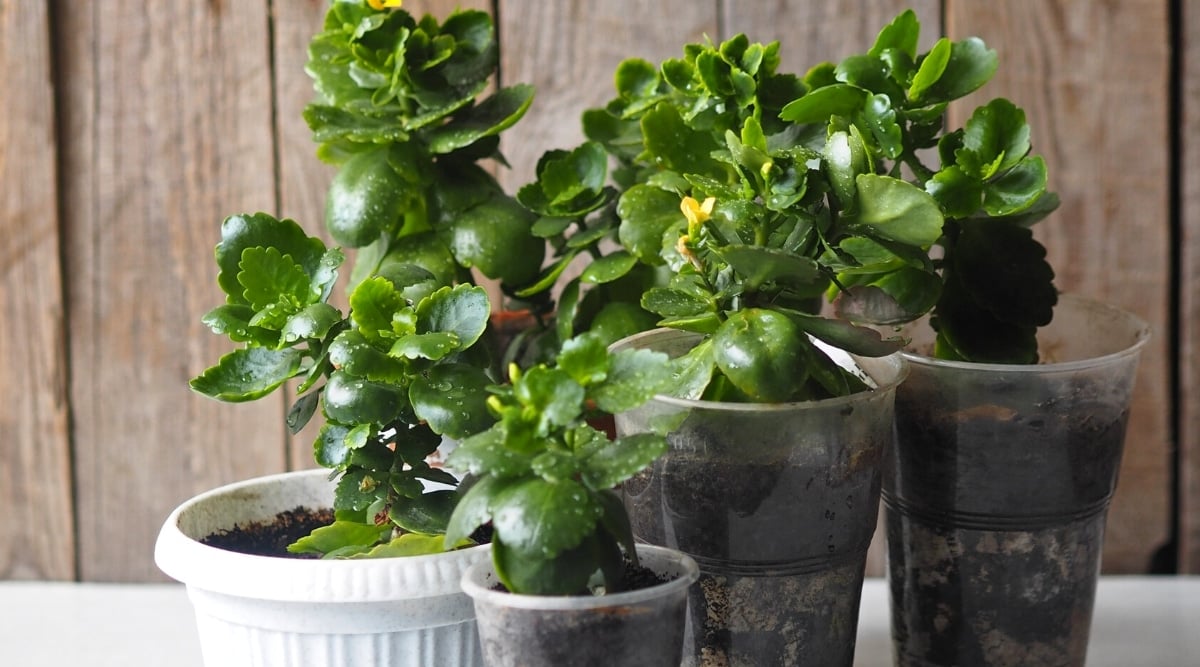

Before delving into the relationship between light and succulents, grasping the significance of light in plant growth and the effects of lighting variations on overall plant development is beneficial.
The Role of Sunlight
Sunlight plays a vital role in photosynthesis, the process enabling plants to produce their sustenance. Chlorophyll, the green pigment found in leaves, facilitates this process. Succulents rely on sunlight to sustain themselves and cannot thrive without it for extended periods.
Each plant species has specific light requirements influenced by the conditions in their native environments. These conditions are where the plants have evolved to thrive, so replicating them as closely as possible is paramount for plant health.
Care guides often categorize sunlight needs as full sun, partial sun, or shade. These delineate the amount of sunlight exposure necessary for optimal growth – full sun typically refers to more than six hours of direct sunlight daily, partial sun is around four hours, and shade indicates less than two hours of sunlight.
Sun and Indoor Plants
When it comes to indoor plants, the light terminology differs slightly. Direct sun signifies a location near a sunny window that receives a few hours of sunlight each day. Bright indirect light is found close to such windows but shielded from direct sunlight. Moderate and low light areas are further away from windows, away from direct sunlight or in front of north-facing windows.
While some plants can adapt to varying light conditions, choosing the wrong intensity can have detrimental effects. Inadequate light may hinder growth and cause plants to elongate, while excessive light can lead to scorched leaves.
Succulent Native Environments
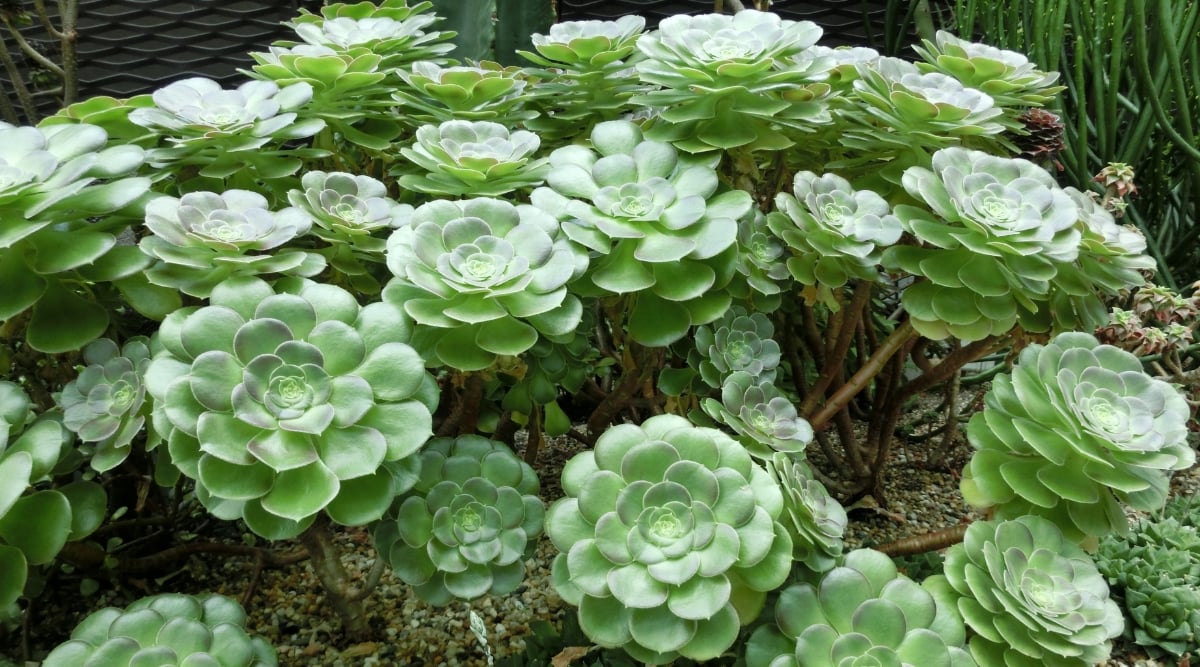

The term ‘succulent’ encompasses a vast array of plants that store water in their leaves to survive periods of drought. These plants have adapted to harsh conditions where rainfall is sporadic or scarce. To thrive, they retain water in their plump leaves for sustenance during dry spells.
Succulents exhibit immense variety, with numerous species originating from diverse environments. Some thrive in arid environments with sandy soil and desert-like conditions, while others flourish as epiphytes in forests. The lighting preferences of succulents vary widely based on their specific origins.
Determining Succulents’ Light Requirements
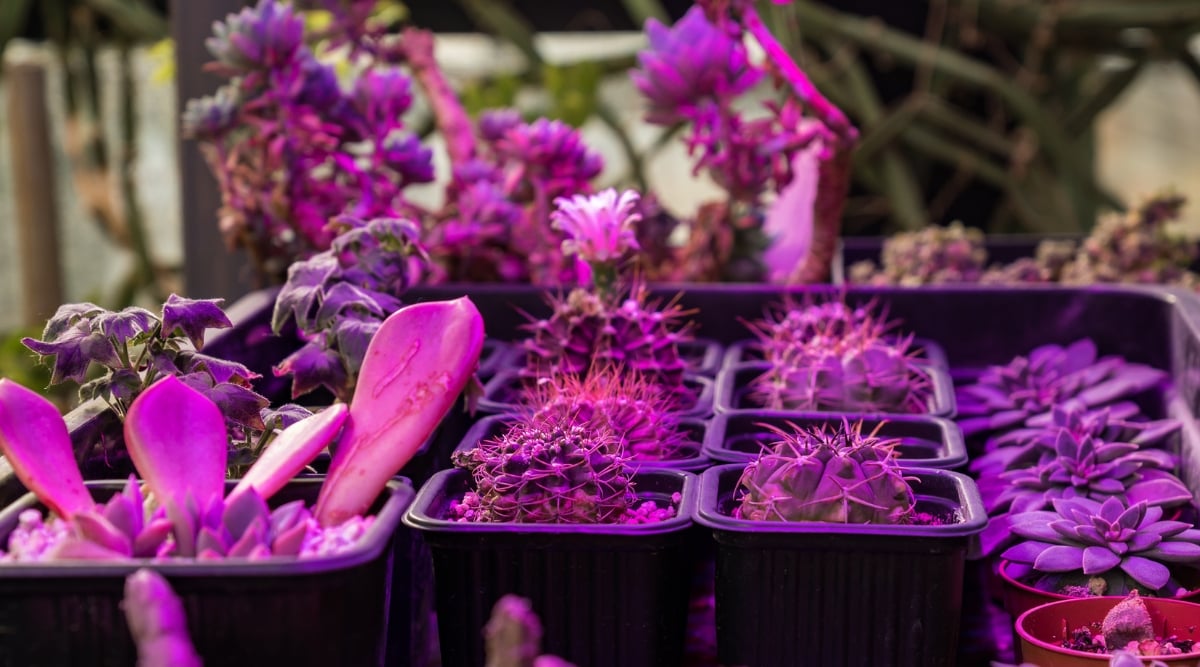

When it comes to succulents, their lighting needs can vary greatly due to the vast variety within this plant group. They come from diverse regions worldwide, making it challenging to provide a one-size-fits-all answer to their light requirements.
Despite their shared characteristic of storing water, each succulent species has its unique preferences regarding light exposure. Certain types can thrive in lower light conditions, showcasing their adaptability compared to others that require more sunlight.
This diversity provides an advantage for gardeners seeking plants suitable for specific environments. Succulents that prefer low light are excellent choices for indoor spaces with limited natural light availability. In contrast, those that thrive in moderate light can be placed near bright windows or on sheltered patios. Full sun succulents, on the other hand, need ample direct sunlight daily to prevent elongation.
Low Light Succulents


For those growing succulents indoors, particularly in spaces with limited light, opting for low-light succulent varieties is crucial. While traditionally considered sun-loving plants, some succulents can still flourish in environments with lower light intensities. Examples include snake plants, string of hearts, and Christmas cactus (although without the flower display).
Low light doesn’t equate to complete darkness; it refers to areas in well-lit rooms farther from direct sunlight. Placing resilient plants like snake plants in extremely dim locations will eventually lead to their demise.
Despite their ability to adapt to diminished light, it’s essential to note that these conditions are suboptimal for succulent growth. Growth may be slow, and you might observe leaf stretching, indicating the plants are surviving rather than thriving. If feasible, it’s advisable to relocate them to a brighter spot for sustained plant health.
Moderate Light Succulents


In environments with moderate light, succulents thrive well in bright, indirect lighting indoors or partial shade outdoors. Although they can tolerate some direct sun exposure, it’s best to shield them from harsh sunlight to prevent burning.
The category of succulents that flourishes in moderate light primarily comprises those commonly kept as houseplants. For instance, examples include the charming panda plant from the Kalanchoe genus and the resilient jade plant (Crassula ovata) known for its beginner-friendly nature.
String succulents also prefer bright indirect light, showing signs of burning when exposed to direct sunlight. Hang varieties like string of pearls or string of bananas in front of well-lit windows or balconies away from direct sunlight exposure.
Full Sun Succulents
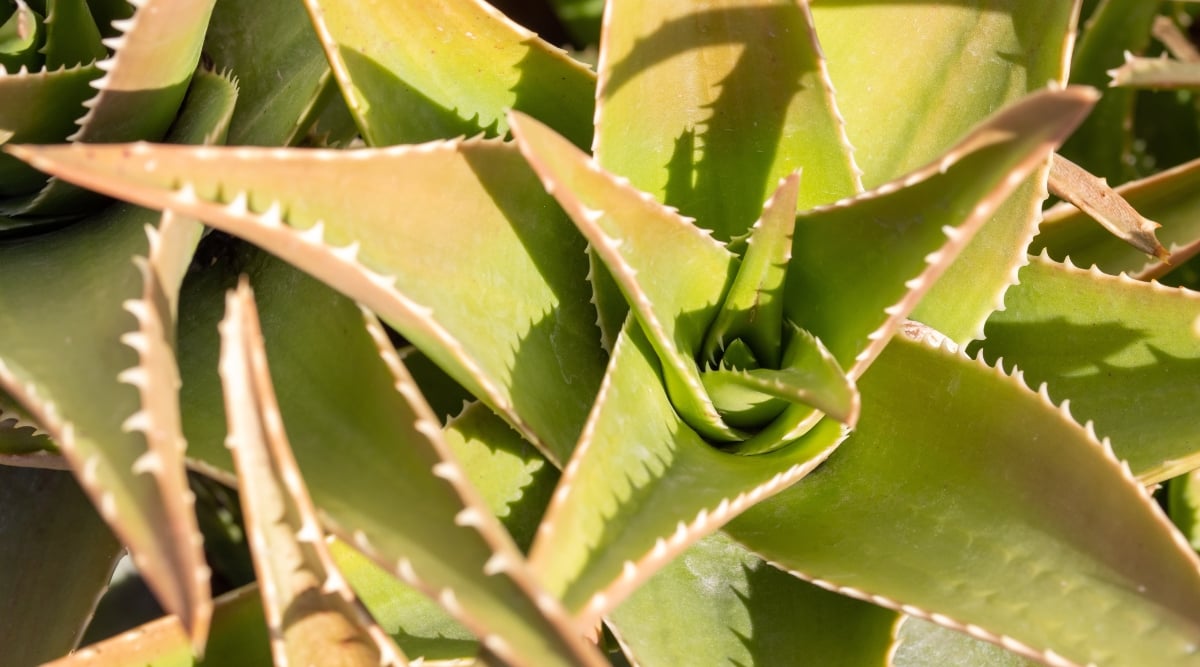

Full sun succulents, originating from desert habitats, necessitate around eight hours of direct sunlight daily to flourish. Common genera falling into this category are Echeveria, Sedum, and Sempervivum, best grown outdoors to receive maximum sunlight exposure. Although they can survive indoors near a south-facing window, the lower light levels indoors may not suffice for optimal growth.
In regions with intense afternoon sunlight, providing some shade to protect succulents from damage is advisable. Generally, these succulents thrive best when exposed to as much sunlight as possible.
Signs Your Succulents Need More Light
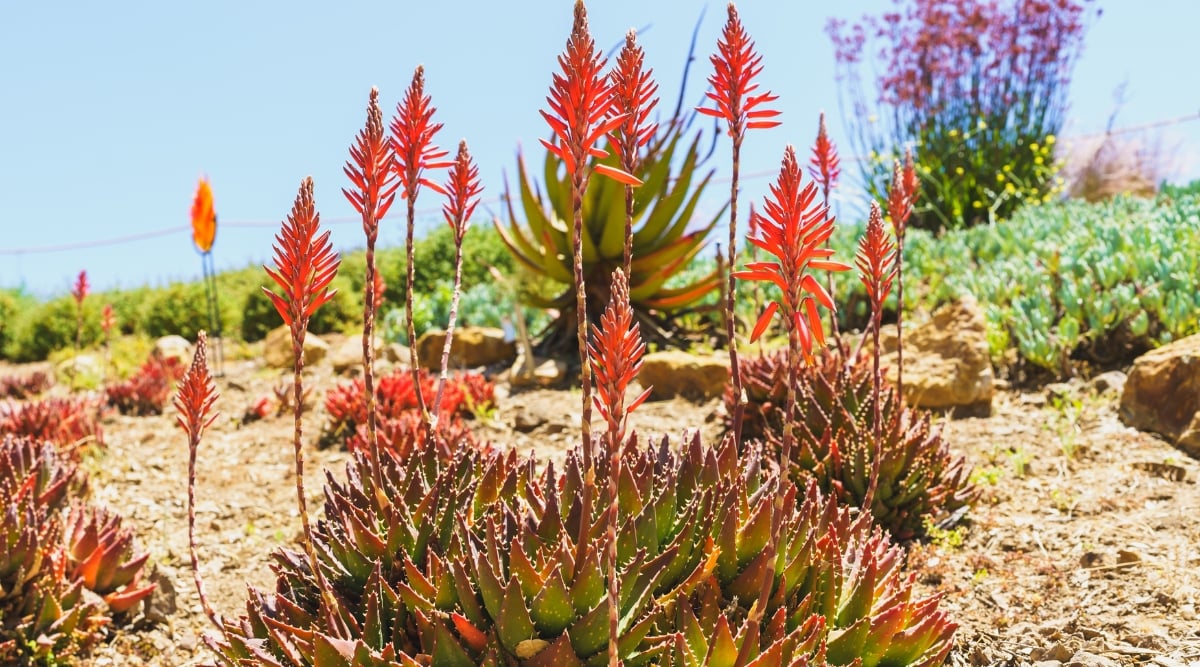

Spotting signs of stress in succulents indicates the need for adequate light. While excess sunlight may cause bleaching or crisping in areas directly exposed to light, the primary issue tends to be insufficient light.
Characteristic signs include elongated, leggy stems reaching for light sources, accompanied by undersized leaves. Insufficient light prompts otherwise compact succulents to stretch upwards, losing their shape in the process.
Other subtle signs of inadequate lighting include stunted growth or persistently moist soil. Upon noticing these signs, adjust light exposure gradually to prevent shock and avoid sudden transitions.
Utilizing a grow light is advisable if only low-light conditions are available. These lights mimic natural sunlight, ensuring your succulents remain compact and healthy.
Final Thoughts
Each succulent variety has its specific light requirements, reflecting its native habitat. Understanding these needs and recognizing signs of stress are crucial to maintaining optimal conditions for your plants.

